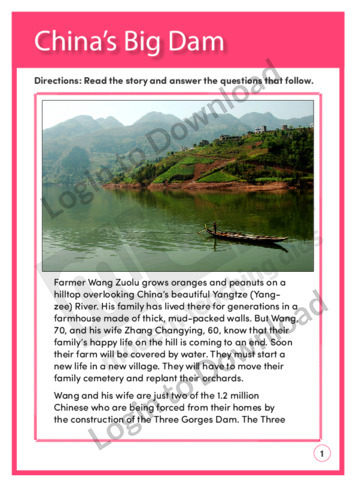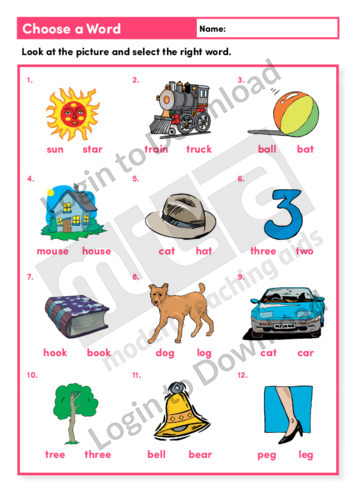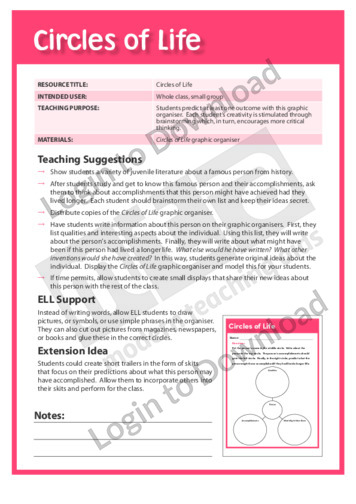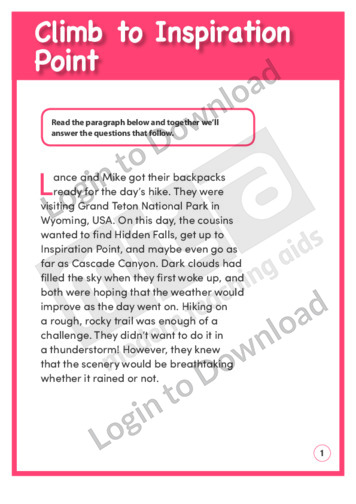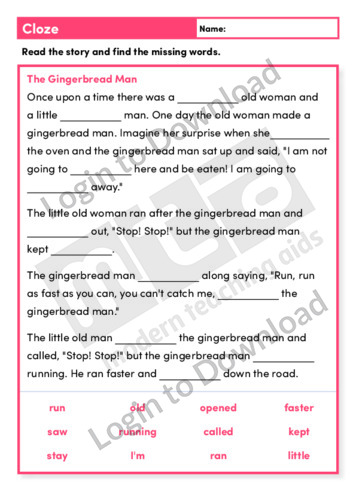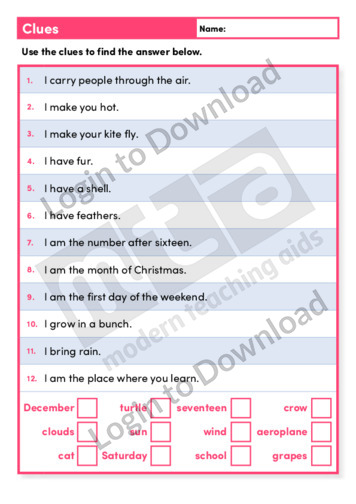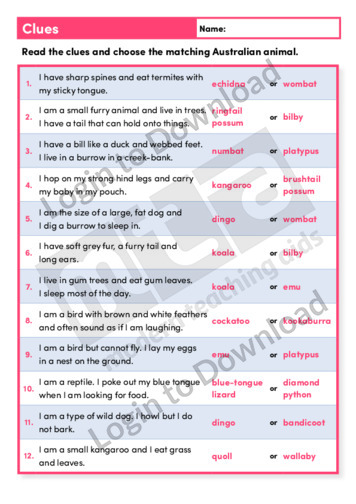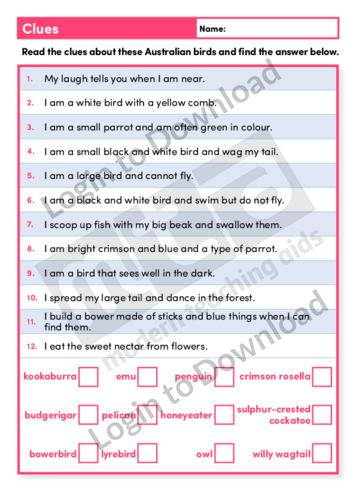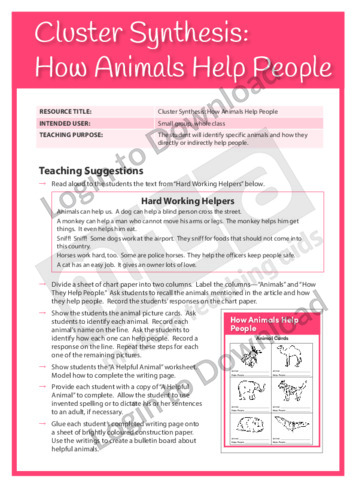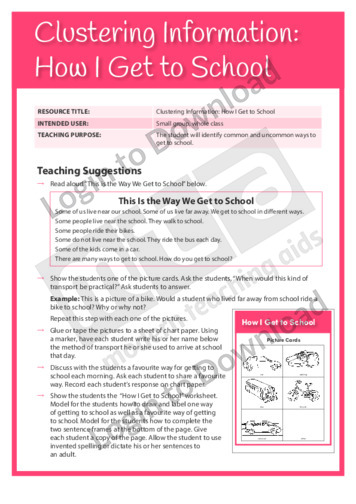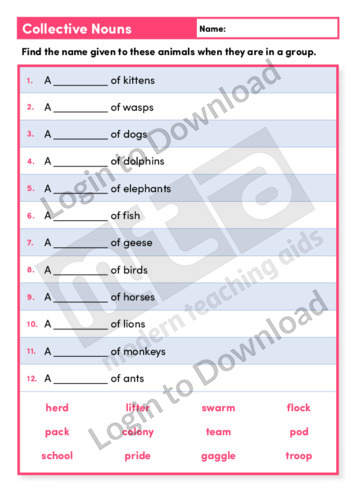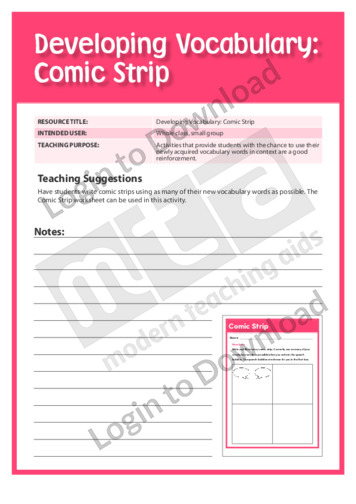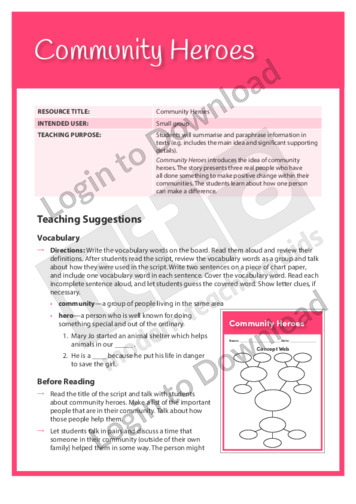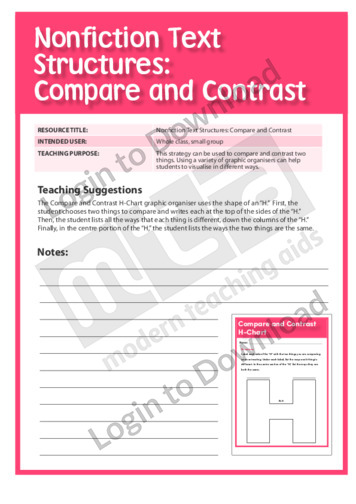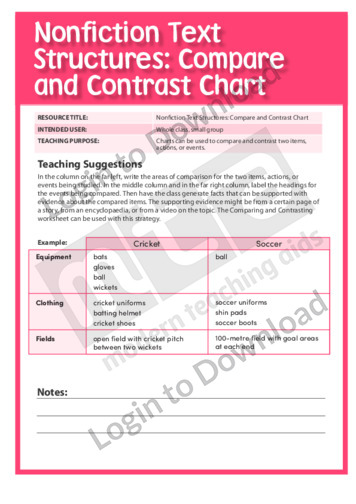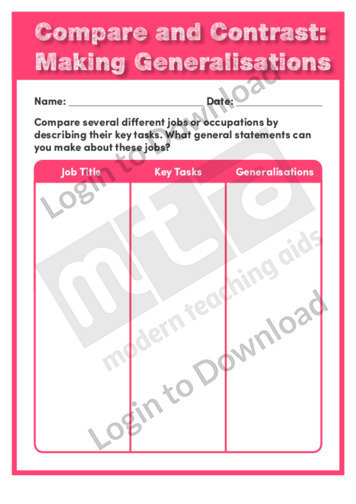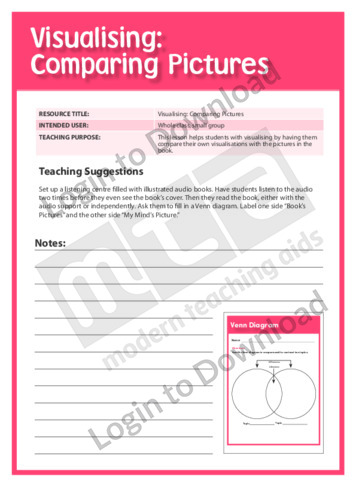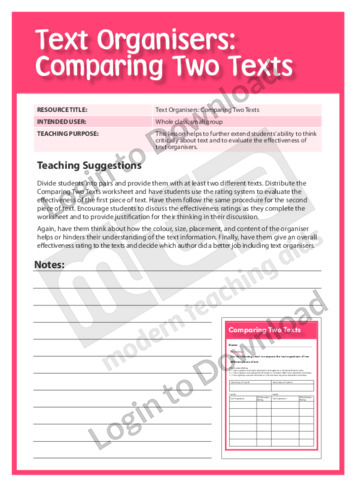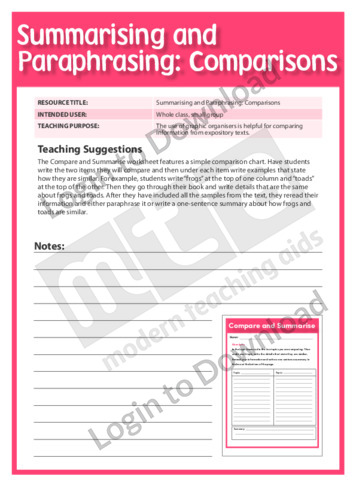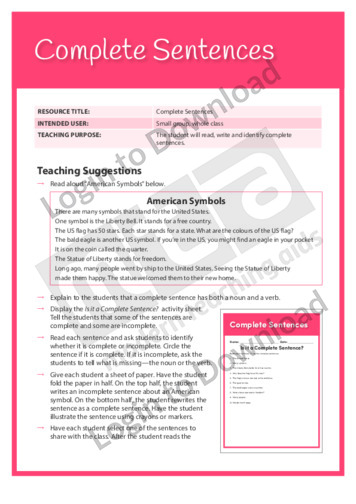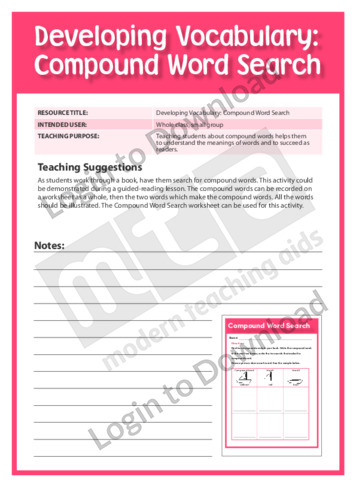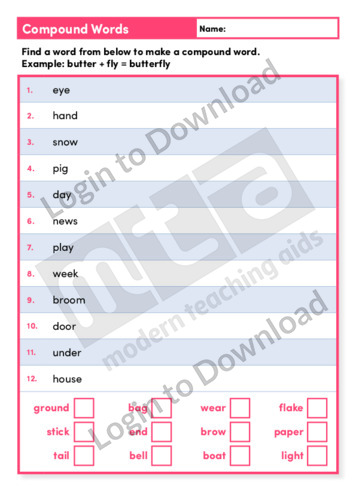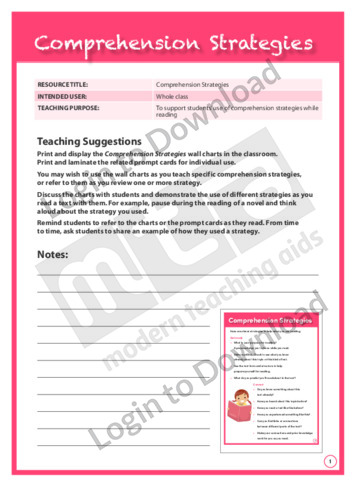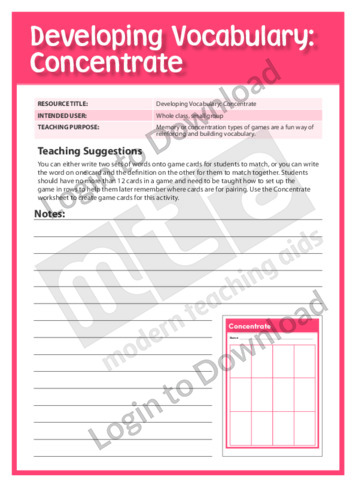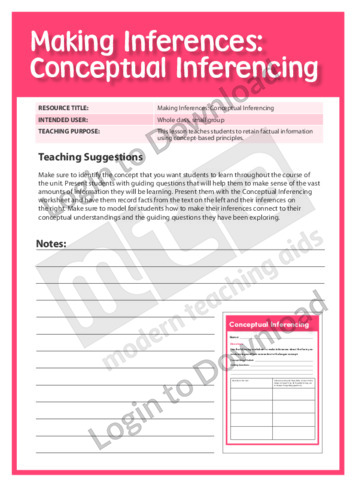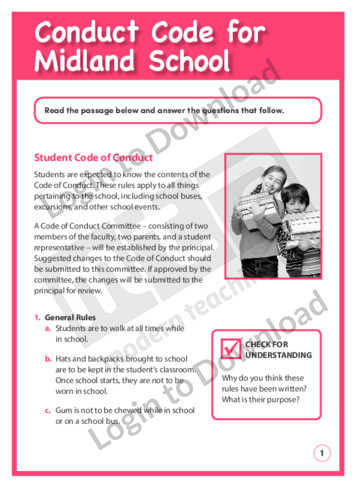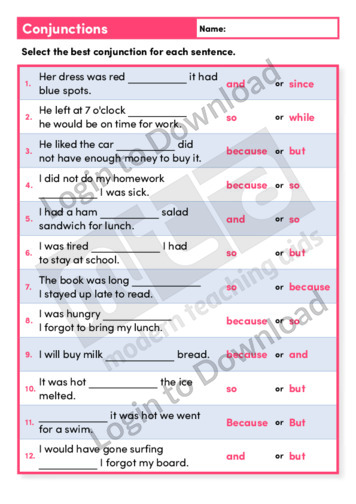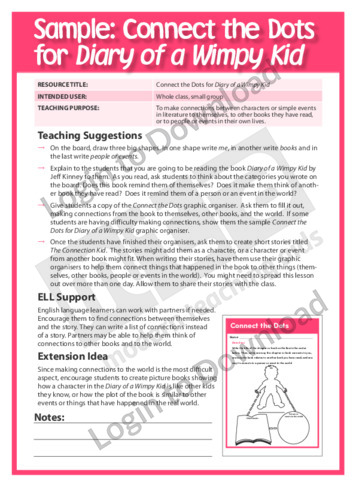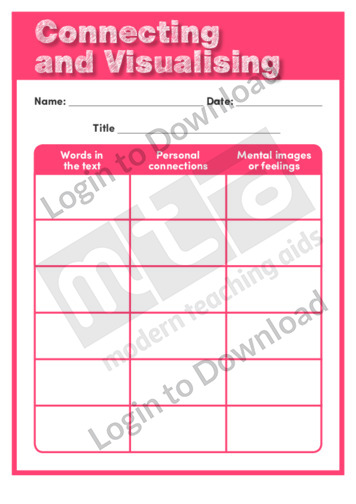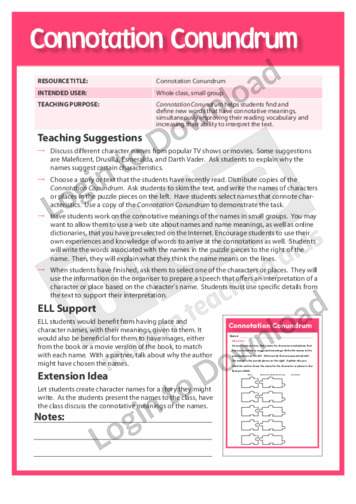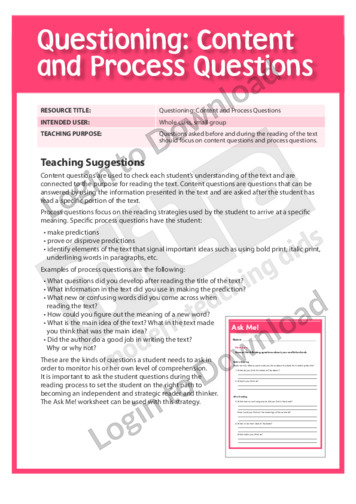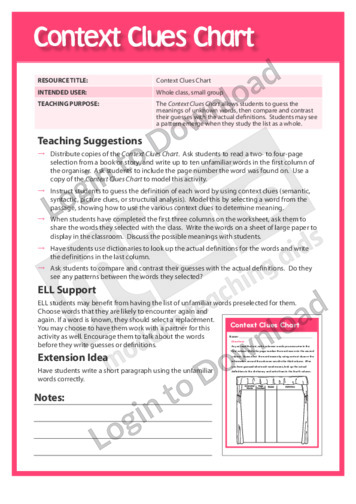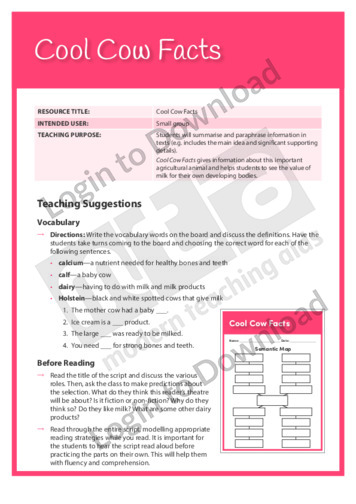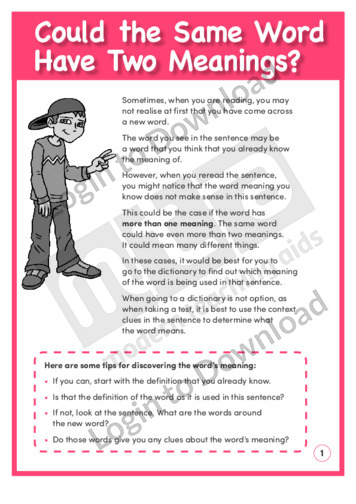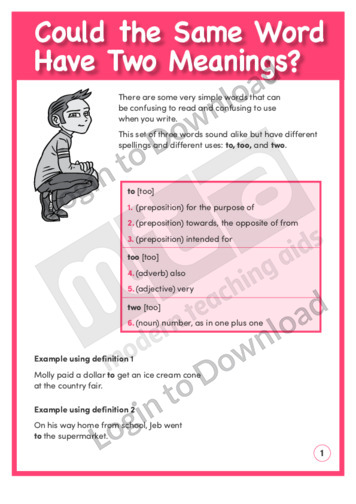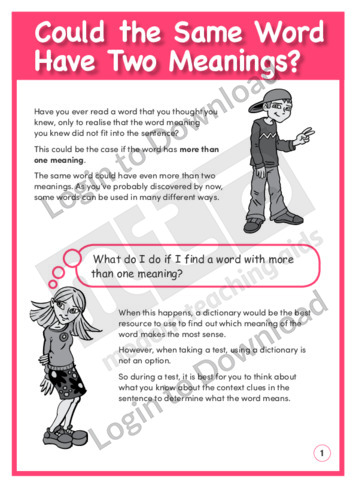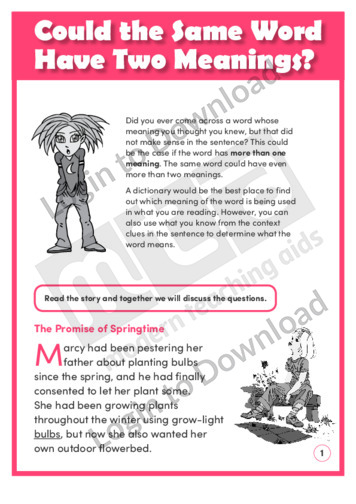This reading comprehension activity ‘China’s Big Dam’, asks students to answer comprehension questions on a text about China’s new dam.
This reading comprehension activity, ‘China’s Dam is a Good Idea’, is available at three different reading levels to allow for differentiated instruction. It asks students to answer comprehension questions on a text about China’s new dam.
This reading comprehension activity ‘China’s Dam Is a Good Idea’, is available at three different reading levels to allow for differentiated instruction. It asks students to answer comprehension questions on a text about China’s new dam.
This reading comprehension activity ‘China’s Dam Is a Good Idea’, is available at three different reading levels to allow for differentiated instruction. It asks students to answer comprehension questions on a text about China’s new dam.
This reading activity, ‘Choose a Word ‘ provides opportunities for practice with recognising the appropriate word that fits with the picture.
This graphic organiser, ‘Circles of Life’ asks students to record the qualities and accomplishments of a famous person and predict what might have been if they had lived longer.
This graphic organiser, ‘ Circles of Life and Shakespeare’s Ghosthunter’ asks students to record the qualities and accomplishments of William Shakespeare and predict what plays he may have written if he had lived longer.
This content area reading activity, ‘Clara Barton’ is a history based reading comprehension exercise encouraging students to recognise and use prefixes and suffixes.
This understanding text exemplar ‘Climb to Inspiration Point’ shows students how to predict the outcome of a story. It is aimed at encouraging students to guess what will happen next based on the clues provided in the story.
This reading activity, ‘Cloze’ provides opportunities for practice with reading a story and finding the missing words that fit in accordingly.
This reading activity, ‘Cloze’ provides opportunities for practice with choosing the missing words to complete the paragraphs.
This reading activity, ‘Cloze’ provides opportunities for practice with finding the appropriate bird vocabulary to fill the blanks.
This content area reading learning activity, ‘Cloze Frame,’ can be used to activate prior knowledge. It has students record their thoughts about the text before reading and then record new information they have learned after reading.
This reading activity, ‘Clues’ provides opportunities for practice with word recognition and association with meanings.
This reading activity, ‘Clues’ provides opportunities for practice with identifying Australian animals from clues.
This reading activity, ‘Clues’ provides opportunities for practice with reading clues to find the appropriate animal to match.
This Writing Traits activity, ‘Cluster Synthesis: How Animals Help People’ supports students in learning to organise their writing ideas.
This Writing Traits activity, ‘Clustering Information: How I Get to School’ supports students in learning to organise their writing ideas.
This content area reading learning activity, ‘Cognitive Mapping,’ helps improve students’ ability to find the main idea and supporting details. It includes four different types of cognitive maps, which can be created by individual students, by small groups or by an entire class.
This reading activity, ‘Collective Nouns’ provides opportunities for practice with finding the correct collective nouns for the groups of animals.
This reading activity, ‘Collective Nouns’ provides opportunities for practice with using collective nouns with their correct group of animals.
This reading activity, ‘Colours’ provides opportunities for practice with using colours to complete a sentence describing various nouns.
This content area reading learning activity, ‘Comic Strip,’ provides students with the chance to use new vocabulary words in context. It is aimed at reinforcing vocabulary acquisition through a fun and engaging activity.
This Readers Theatre activity, ‘Community Heroes’ encourages students to summarise and paraphrase information in texts. It also builds reading fluency. This activity includes a script for 5 readers.
This content area reading learning activity, ‘Compare and Contrast,’ teaches students how to compare and contrast two things. It is aimed at developing students’ skills in summarising and paraphrasing.
This content area reading learning activity, ‘Compare and Contrast,’ helps activate students’ prior knowledge about a topic. It encourages students to compare and contrast new books with books they have read before, and information in nonfiction books with what they learned from doing things outside of school.
This content area reading learning activity, ‘Compare and Contrast,’ helps students compare and contrast two things. It is aimed at helping students see a visual representation of common elements.
This content area reading learning activity, ‘Compare and Contrast Chart,’ helps students compare and contrast two things. It is aimed at helping students see a visual representation of common elements.
This graphic organiser, ‘Compare and Contrast: Making Generalisations’ supports the teaching of comprehension, reading strategies and the writing process by providing a template students can use to record information and thinking.
This content area reading learning activity, ‘Comparing Pictures,’ has students compare their own visualisations with the pictures in the book. It has students listen to an audio book before reading the book, and then use a Venn diagram to compare what the visualised from the audio with the pictures in the book.
This content area reading learning activity, ‘Comparing Two Texts,’ helps to further extend students’ ability to think critically about text. It is aimed at teaching students how to evaluate the effectiveness of text organisers by thinking about how the colour, size, placement and content of the organiser helps or hinders their understanding of the text …More
This content area reading learning activity, ‘Comparisons,’ helps students compare information from expository texts. It is aimed at developing students’ skills in summarising by having them use a graphic organiser to record important details from the text.
This Writing Traits activity, ‘Complete Sentences’ encourages students to select read, write, and identify complete sentences.
This reading activity, ‘Complete the Sentence’ provides opportunities for practice with reading about the States and Territories of Australia and finishing the sentences.
This content area reading learning activity, ‘Compound Word Search,’ teaches students about compound words. It is aimed at helping students understand the meanings of words and become successful readers.
This reading activity, ‘Compound Words’ provides opportunities for practice with using and creating compound words.
This graphic organiser, ‘Compounding the Problem’ asks students to recognise compound words in sentences, as well as understand that two words can be combined to form a compound word.
This graphic organiser, ‘Compounding the Problem for Read Alouds’ asks students to identify compound words as they are read aloud from a literature book, then break the words into their component parts, find their definitions, and use them in a sentence.
This comprehension activity, ‘Comprehension Strategies’ supports language development by encouraging students to use prompts and comprehension strategies as they read. It is aimed at developing students’ awareness of comprehension strategies, such as imagine, question, search, connect and summarise.
This content area reading learning activity, ‘Concentrate,’ helps students to remember new words. It is aimed at reinforcing and building vocabulary through a fun and engaging activity.
This content area reading learning activity, ‘Concept Attainment,’ helps students organise conceptual information. It is aimed at enabling students to pick the information that they find most comprehensible or memorable by responding to five questioning prompts.
This content area reading learning activity, ‘Concept Mapping,’ helps students organise the subtopics and details around the concept they are learning. It allows for quite a bit of flexibility in that students can identify different subtopics and arrange the details accordingly.
This content area reading learning activity, ‘Concept Wheel,’ helps students find the main idea and supporting details in a passage. The main idea goes in the centre of the wheel and the details that answer the questions radiate from the main idea like spokes on a wheel.
This content area reading learning activity, ‘Conceptual Definitions,’ helps students think about how a concept they are studying relates to other ideas. It has students think of subcategories of a concept and then record details about each of the subcategories to show how they relate back to the main concept.
This content area reading learning activity, ‘Conceptual Inferencing,’ teaches students to retain factual information using concept-based principles. It is aimed at showing students how to make their inferences connect to their conceptual understandings and the guiding questions they have been exploring.
This analysing text worksheet ‘Conduct Code for Midland School’ supports students to use various strategies to understand an informative text about school rules. It is aimed at encouraging students to deconstruct the text in order to gain a deeper understanding of its purpose, to recall specific details from the text, to look critically at words …More
This reading activity, ‘Conjunctions’ provides opportunities for practice with selecting the best conjunctions for various sentences.
This graphic organiser, ‘Connect the Dots’ allows students to apply prior knowledge and understanding of a text to the world around them, as well as to themselves.
This graphic organiser, ‘Connect the Dots for Diary of a Wimpy Kid’ asks students to make connections between characters or simple events in literature to themselves, to other books they have read, or to people or events in their own lives.
This graphic organiser, ‘Connecting and Visualising’ supports the teaching of comprehension and reading strategies by asking students to record their personal connections to texts and the mental images they form as they read.
This graphic organiser, ‘Connotation Conundrum’ helps students to find and define new words that have connotative meanings, simultaneously improving their reading vocabulary and increasing their ability to interpret the text.
This graphic organiser, ‘Connotation Conundrum for Harry Potter’ asks students to use the roots, etymological history, and denotative definitions to better understand the connotations embedded in character names in the Harry Potter books by J.K. Rowling.
This content area reading learning activity, ‘Content and Process Questions,’ helps students monitor their level of comprehension. It is aimed at setting students on the right path to becoming independent and strategic readers and thinkers by asking them questions during the reading process.
This graphic organiser, ‘Context Clues Chart’ allows students to guess the meanings of unknown words, then compare and contrast their guesses with the actual definitions.
This Readers Theatre activity, ‘Cool Cow Facts’ encourages students to summarise and paraphrase information in texts. It also builds reading fluency. This activity includes a script for 6 readers.
This quick reference chart ‘Could the Same Word Have Two Meanings?’ helps students with homonyms. It encourages students to look critically at words and to use context clues in order to ascertain their particular meaning.
This understanding text worksheet ‘Could the Same Word Have Two Meanings?’ helps students with homophones. It encourages students to look critically at words and to use context clues in order to ascertain their particular meaning. In this case, the words ‘to’, ‘too’ and ‘two’ are examined. Answer sheet provided with file download.
This quick reference chart ‘Could the Same Word Have Two Meanings?’ helps students with homonyms and homophones. It encourages students to look critically at words and to use context clues in order to ascertain their particular meaning. In this case, the various definitions of the word ‘bark’ are examined.
This understanding text exemplar ‘Could the Same Word Have Two Meanings?’ shows students how to identify the different meanings of words that are spelt the same within a narrative text. It encourages students to look critically at words and to use context clues in order to ascertain their meaning in a specific context.
It�s that easy!

